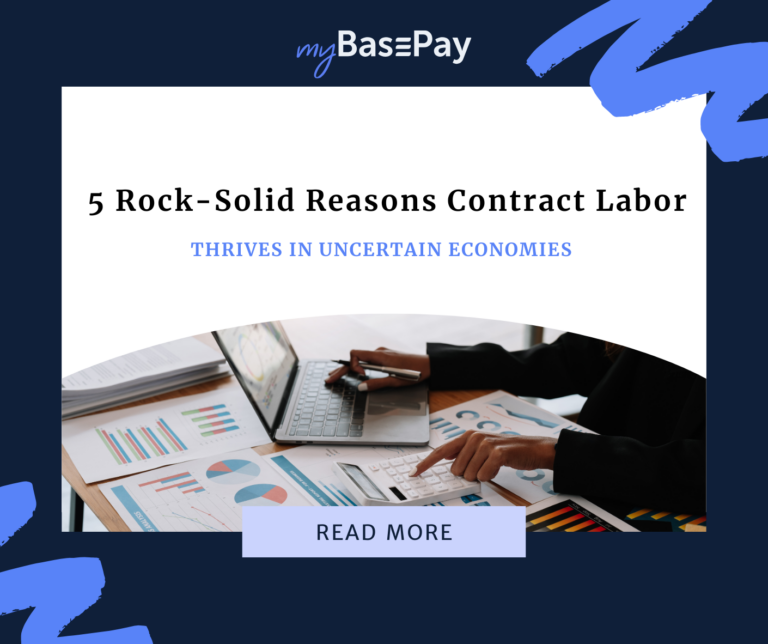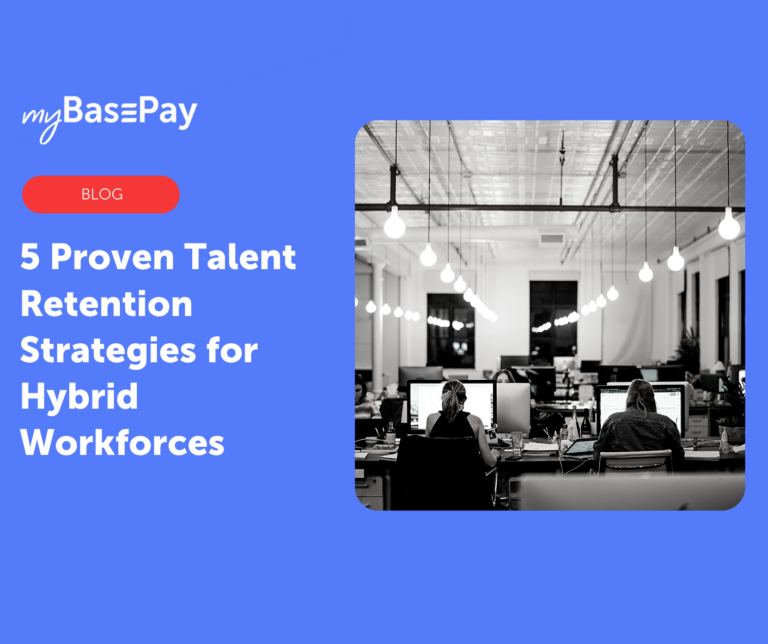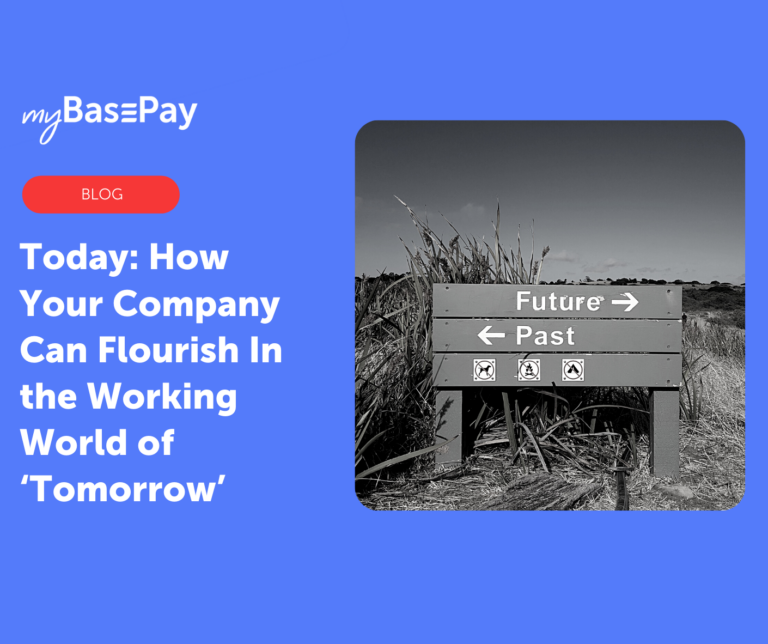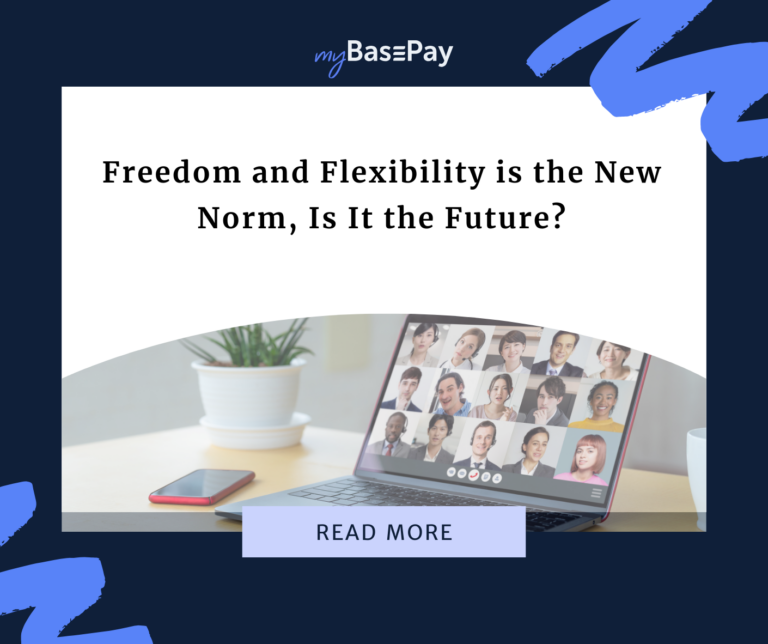Say It Once Again: Remote Work Is Here to Stay
Whether you’re checking in on your professional connections on LinkedIn or simply scrolling through your Facebook feed, one trend is likely to stand out: more than a year after the COVID-19 pandemic began, many people continue to work in a fully remote or hybrid work environment.
While technology advances had led to increases in the number of remote or hybrid workers well before COVID-19 lockdowns forced these measures upon many businesses, there is no denying the pandemic has accelerated this trend like never before.
For better or worse, businesses were quickly forced to adapt to remote work trends. Companies that had already adopted an agile workforce supplemented by contingent workers and independent contractors were, by and large, better positioned to weather the storm. Others struggled.
While many individuals have since returned to the office and many companies have made an effort to return to the old normal, there is no denying that remote work is by and large here to stay.
Organization Expectations Regarding Agile and Remote Work
The pandemic taught organizations many valuable lessons — namely that they didn’t necessarily need to rely on the traditional model of an office where full-time employees clock in from 9 to 5 each weekday.
The Future of Work Exchange reports that the so-called “agile workforce” now makes up 47 percent of the natural talent at the average company, with 82 percent of businesses saying that this has helped them develop a more flexible and scalable workforce as a whole. Notably, many companies experienced impactful improvements in performance and productivity when their teams were given a greater degree of flexibility.
In a similar vein, an August 2021 research report from Workforce Logiq found that 82 percent of companies expect to use more contingent labor over the next 12 months, while 89 percent expect an increase in the number of workers who will operate remotely next 18 months.
In addition to increased flexibility and agility, many businesses also see significant financial benefits from working with contingent workers, such as reduced tax and benefits responsibilities.
Unsurprisingly, many organizations are embracing the remote work trend by offering greater flexibility than ever before. Whether to work remotely, in the office, or in a hybrid format is in many cases left up to the worker. Offering a solution that better matches a particular worker’s preferences and needs makes it easier for organizations to attract top talent and maximize employee potential.
Changing Employee Expectations
The sudden shift to working from home was a surprise that required adaptation for many workers. While little changed for contingent workers who had already been operating remotely before the pandemic, many full-time employees learned what it meant to work from home for the first time.
Many discovered that such an arrangement provided better work-life balance and greater flexibility in how and when they performed their tasks. Remote and hybrid work models give employees and non-employees more remarkable ability to provide childcare, exercise, take care of doctor’s visits and other appointments, or perform home maintenance.
Another result of the pandemic was that many individuals who were let go from their previous job chose to become part of the contingent workforce. This was particularly true of individuals in industries that suffered drastic pandemic-related losses, such as tourism.
A 2020 report found that the workforce who freelanced full-time increased from 28 percent to 36 percent. While some of this was driven out of necessity, many who entered the world of freelancing found it to be a better fit for their work preferences and skills.
Technology has enabled much of this growth. Now, many white-collar jobs can be performed almost entirely virtually. Cloud services and digital communication tools make it easy for geographically dispersed teams to collaborate on projects and share information. Video conferencing eliminates the need to hold in-person meetings.
All of this can create a much more positive talent experience for workers who prefer this setup. Enhanced flexibility enables more time devoted to personal wellness and maintaining a healthy work-life balance. A greater level of control over one’s work experience gives more power to the workers than ever before.
A New Age of Employment
With both workers and employers finding advantages in an increasingly remote and diversified employment environment, businesses are now up to determine which work models will help them attract and retain top talent.
The reality is, there is no “one size fits all” solution to this unique opportunity and challenge. While some companies may embrace a fully remote model, others will likely be better served by a hybrid setup, in which workers can spend some days at home and others in the office. Finding the proper balance between full-time and contingent workers will also be a crucial challenge.
However, based on current trends among businesses and workers, it is clear that organizations that choose to ignore or downplay remote work will do so at their peril. Business leaders should be willing to experiment with their workforce model to determine what works best for their productivity and talent experience.
Worker involvement should play a vital role in these decisions. Giving workers a voice and influence on the future of your organization’s work models will dramatically impact attracting and retaining the right talent for your company.
Businesses Must Be Prepared for This New Normal
Businesses in every industry experienced significant disruptions as a result of the COVID-19 pandemic. For many, this has led to lasting change not just in what the office environment looks like but even in whom they hire to fulfill critical roles and responsibilities.
Increased reliance on remote and hybrid workers, especially with a mix of contingent workers and full-time employees, makes the employment landscape increasingly complex.
While there are several unique benefits to a distributed workforce, the organizational challenges can be overwhelming. myBasePay helps organizations navigate compliance, payroll, benefits distribution, and other obstacles to ensure that the remote work revolution is a net positive for your organization.
Author: Cesar Romero
Cesar is the Head of Marketing at myBasePay, where he’s responsible for overseeing the company’s content marketing, community, and partnerships strategy. He also co-hosts The Ivy Podcast where he interviews executives from Fortune 500 companies on executive leadership. When he’s not helping startups with marketing and community strategy, you can find him paying it forward by serving as a mentor for leading organizations like StartingBloc, Hive, and Global Citizen Year.






